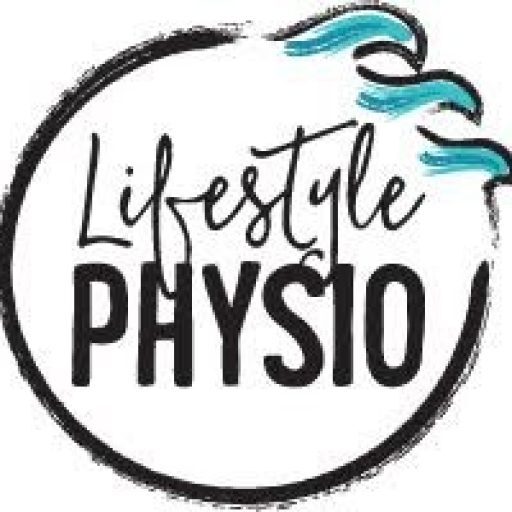About half of all distance runners experience some form of Achilles pain during their running life. Achilles pain is associated with high levels of apprehension and worry about its cause and risk of further injury.
Looking at running (or walking) mechanics is important when assessing Achilles pain. We look for hip drop, foot strike patterns and muscle activation. Then we look at strength… it is important to not only look locally at the Achilles but at what it attaches to.
The hip bone is connected to the thigh bone, the thigh bone is connected to the leg bone… get the gist?
We assess your gluteal strength. Looking for stability in the lateral glute muscles to reduce sway side-to-side (when you walk/run) AND your glute max. The powerhouse. Can you effectively and efficiently use this big muscle to propel you forward (or are you relying on your calfs)?
Quads are next. Are they equally as strong as each other? And how strong are they in comparison to your hamstrings? For runners we aim for more than 60% hamstring to quad strength ratio.
Your hamstrings work to slow your foot before ground strike. Ever been around a noisy runner? Slapping their feet on the ground. Imagine the impact travelling through your joints, and your Achilles as you try to shock absorb a heavy landing. Strong hamstrings help.
Finally your calf.
Research tells us that strong calf musculature is important in creating a healthy Achilles. We need to put in the correct amount of input to the tendon to avoid over-loading it or (just as damaging) under-loading it.
If you have Achilles pain or know someone that does. Please share this information with them. An assessment will allow us to build an individualized program and get you back doing loving your life.
